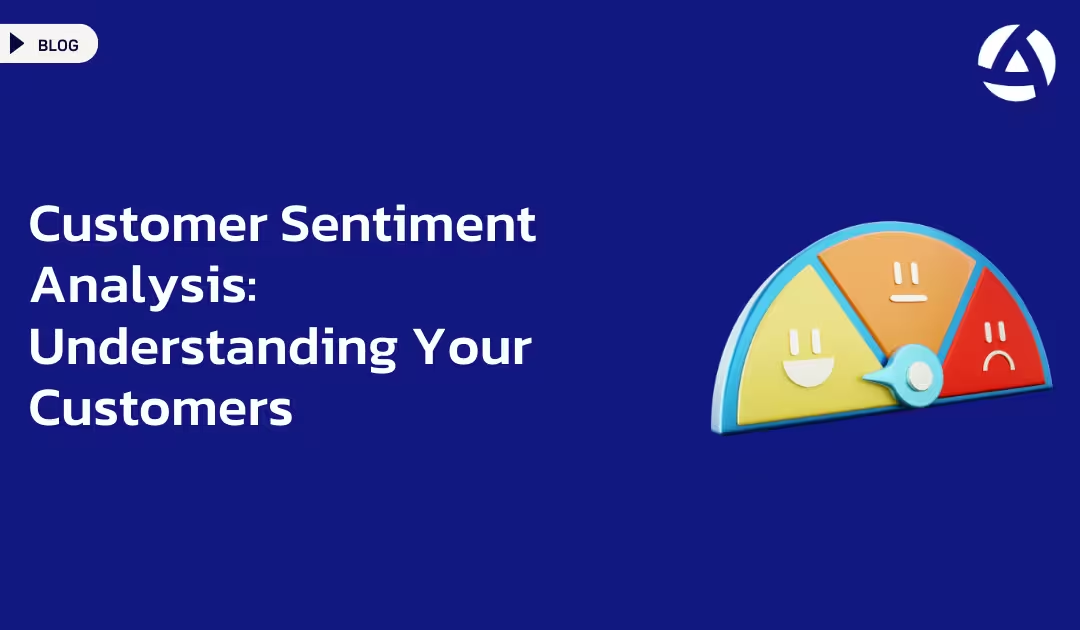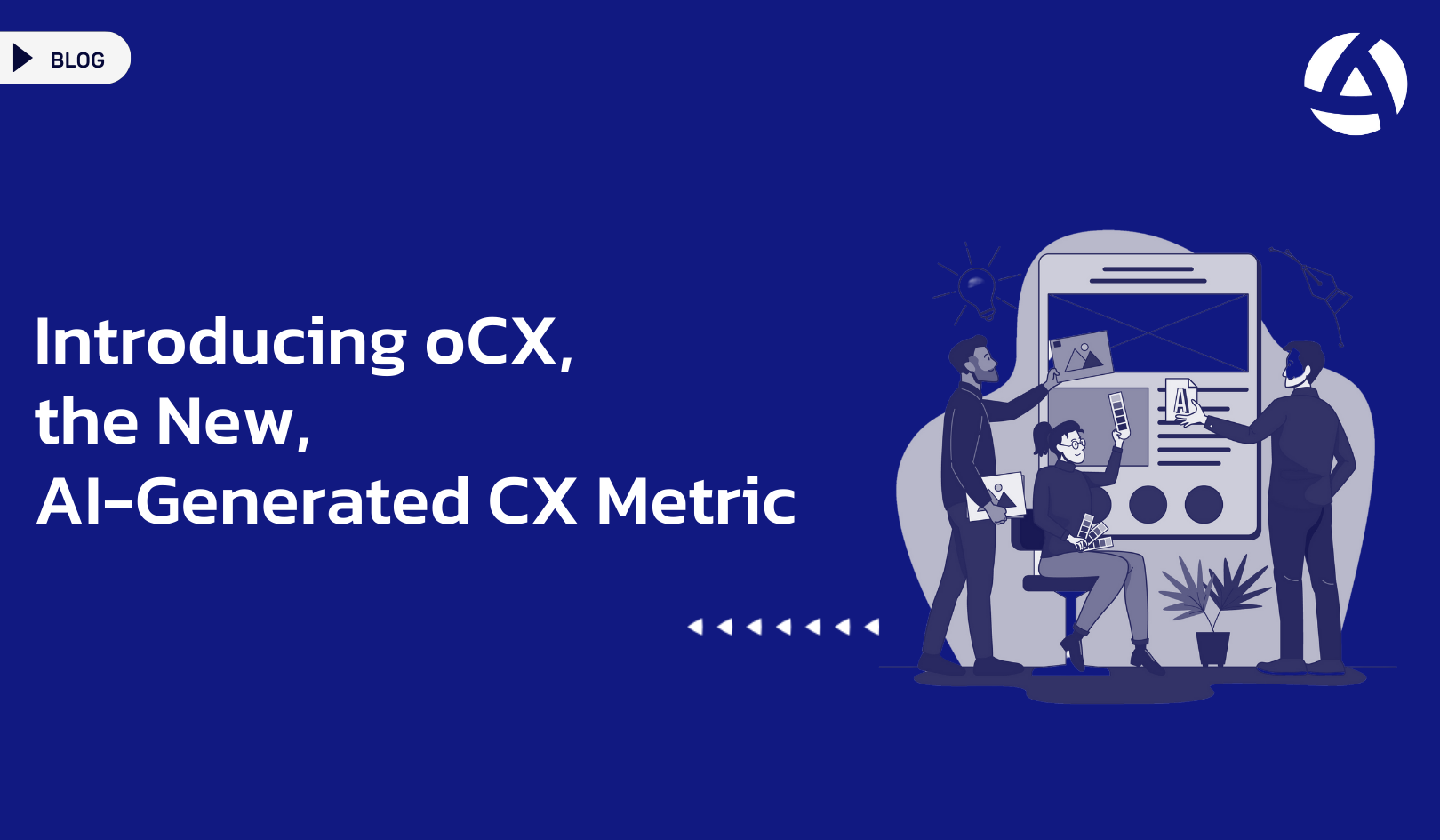Customer Sentiment Analysis is a powerful tool that helps businesses understand how customers feel about their products, services, and overall experiences. By analyzing feedback, social media posts, reviews, and other forms of communication, businesses can gain valuable insights into customer preferences, pain points, and expectations. This information allows companies to make data-driven decisions that improve customer satisfaction and, ultimately, business performance.
1. Why Customer Sentiment Analysis Matters
Customer feedback is not just about what is said but how it is said. Sentiment analysis focuses on the tone, emotion, and attitude behind customer comments. The key benefits of sentiment analysis include:
- Identifying areas where customers are frustrated or dissatisfied.
- Recognizing aspects of the business that customers love.
- Gaining a clear picture of customer loyalty and brand perception.
By understanding these sentiments, companies can adapt and refine their strategies to meet customer expectations more effectively.
2. How Sentiment Analysis Works
Customer Sentiment Analysis uses natural language processing (NLP) and machine learning to assess large volumes of text data. The technology evaluates:
- The words used in customer feedback to detect positive, negative, or neutral emotions.
- The context in which these words are used to gain deeper insight into the customer’s emotional state.
- Patterns and trends over time, highlighting shifts in customer satisfaction.
This automated process makes it easy for businesses to keep track of how customers feel without manually reading through thousands of reviews or comments.

3. Improving Customer Experience with Sentiment Analysis
When businesses analyze customer sentiment, they can improve customer experience in multiple ways:
- Addressing negative feedback quickly: By identifying dissatisfied customers, companies can resolve issues before they escalate.
- Spotting trends early: Businesses can track changes in customer sentiment over time, helping them respond proactively to emerging issues.
- Focusing on strengths: Positive sentiment can highlight areas where businesses are excelling, helping to reinforce and promote those strengths.
4. Tools for Customer Sentiment Analysis
Many businesses use advanced software tools to conduct sentiment analysis. These tools offer features such as:
- Automated text analysis, allowing businesses to process large amounts of data efficiently.
- Real-time feedback monitoring from multiple platforms, including social media, customer reviews, and direct feedback forms.
- Customizable dashboards and reporting, making it easy to track sentiment trends and spot patterns.
With the right tools, businesses can keep a pulse on customer sentiment and make informed decisions that enhance customer satisfaction.
5. Boosting Customer Retention
Understanding customer sentiment is not only about improving the current customer experience but also about boosting retention rates. By listening to how customers feel, businesses can:
- Identify potential issues before they lead to customer churn.
- Strengthen loyalty by showing customers that their feedback is valued and acted upon.
- Personalize interactions based on customer preferences, creating a more engaging experience.
Frequently Asked Questions
How often should businesses conduct customer sentiment analysis?
Regularly monitoring customer sentiment is important. Monthly or quarterly reviews are a good starting point, but businesses should also conduct real-time monitoring to quickly address emerging trends or urgent issues.
What data sources are commonly used for sentiment analysis?
Common data sources include customer reviews, social media posts, survey responses, and support tickets. Any form of written feedback from customers can be analyzed for sentiment insights.




